Welcome to the world of Kashkaval cheese, a Mediterranean treasure that has captured the hearts and palates of many. In this article, we’ll explore the rich history and diverse flavors of this cheese, highly esteemed in Mediterranean cuisine and the Balkan market. Kashkaval cheese is not just delicious; it’s a piece of cultural heritage. So, without further ado, let’s get into the delicious details!
The historical roots of Kashkaval cheese are fascinating, with a storied past dating back to ancient times. Civilizations that unquestionably left their mark on the Mediterranean, as well as Balkan regions enjoyed this cheese. It is believed that ancient Thrace, a historical region spanning parts of modern-day Greece, Bulgaria, and Turkey, was where Kashkaval was originally made. People valued the cheese for its ability to be preserved, which made it a staple for nomadic tribes and shepherds. Today, it also continues to be deeply embedded in the culinary traditions of these regions.
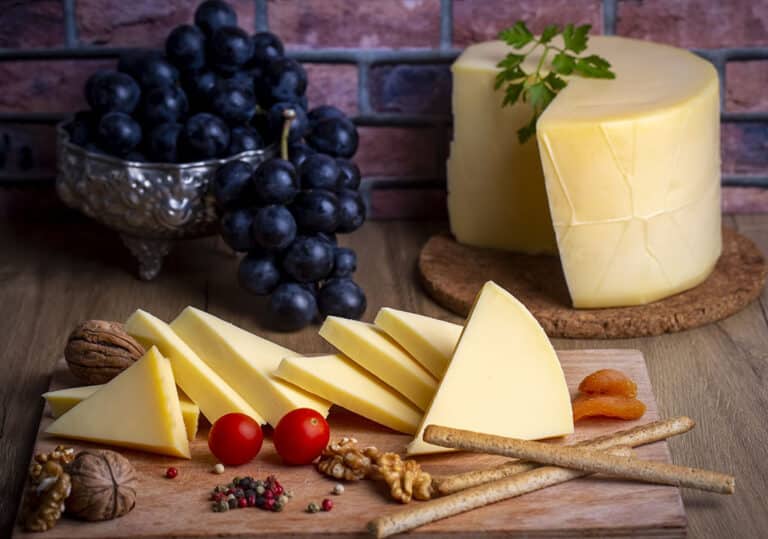

Kashkaval cheese is versatile and has various types to suit different tastes and culinary uses. Young Kashkaval is known for its mild and slightly tangy flavor. It’s often used as a table cheese or for grating over dishes. Aged Kashkaval, on the other hand, has more of a strong flavor with a hint of nuttiness. It’s great for grilling, as well as adding depth to recipes. Throughout the Mediterranean and Balkans, you’ll find regional variations of Kashkaval, each offering its unique twist on the cheese. In Greece, for example, Kasseri is a popular variety, while Bulgaria has its Sirene cheese, which shares similarities with Kashkaval.

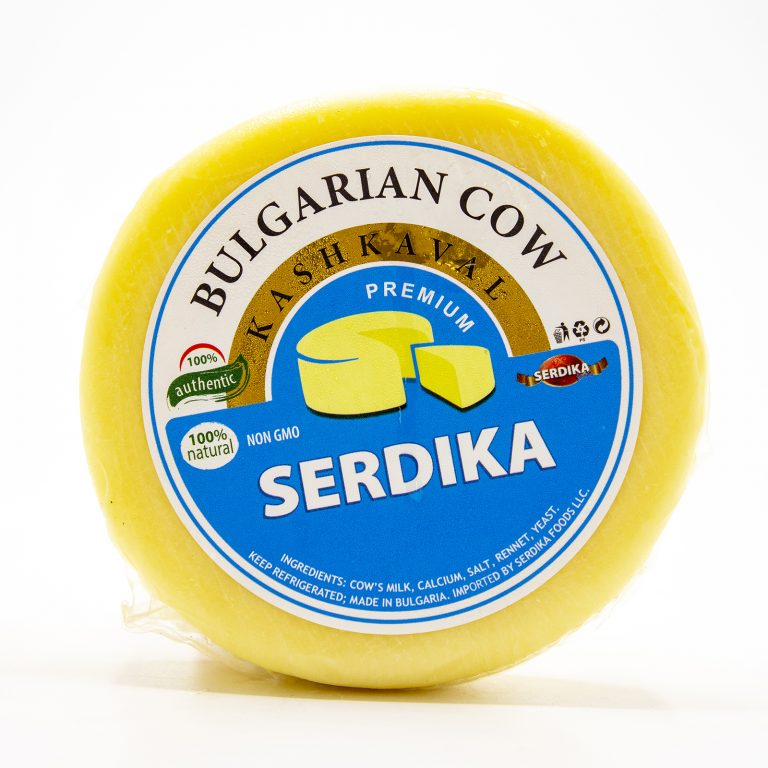

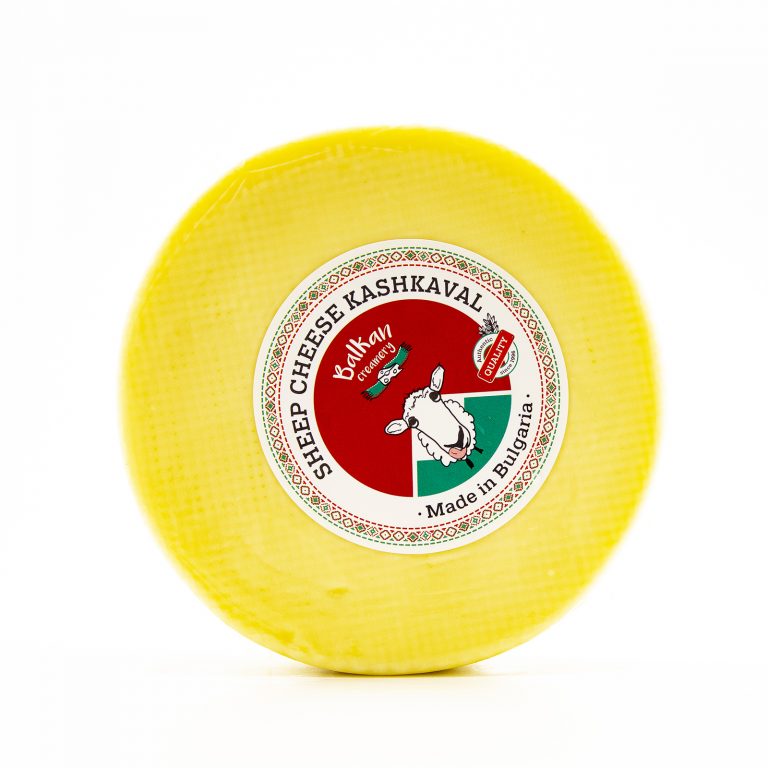
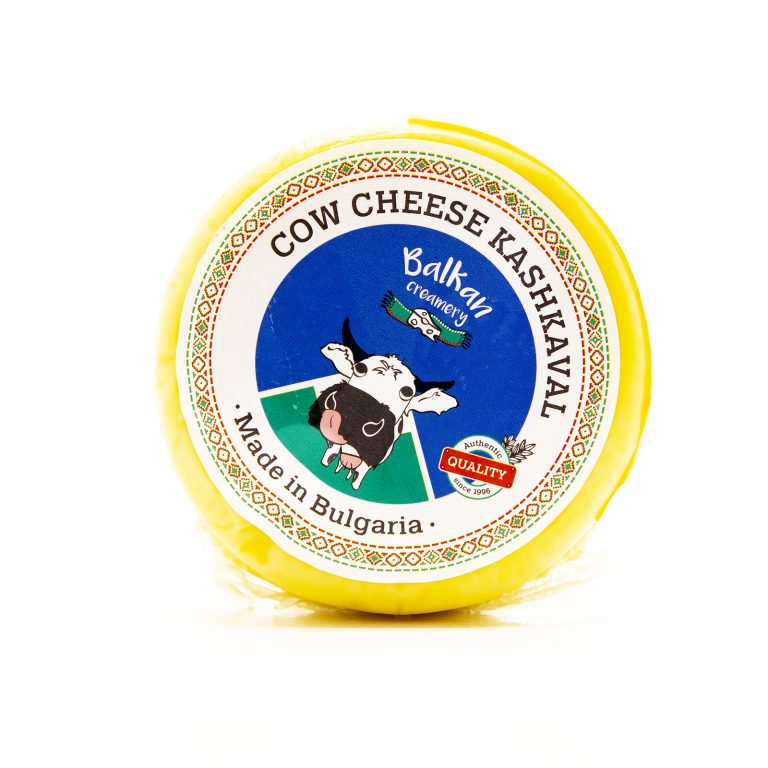
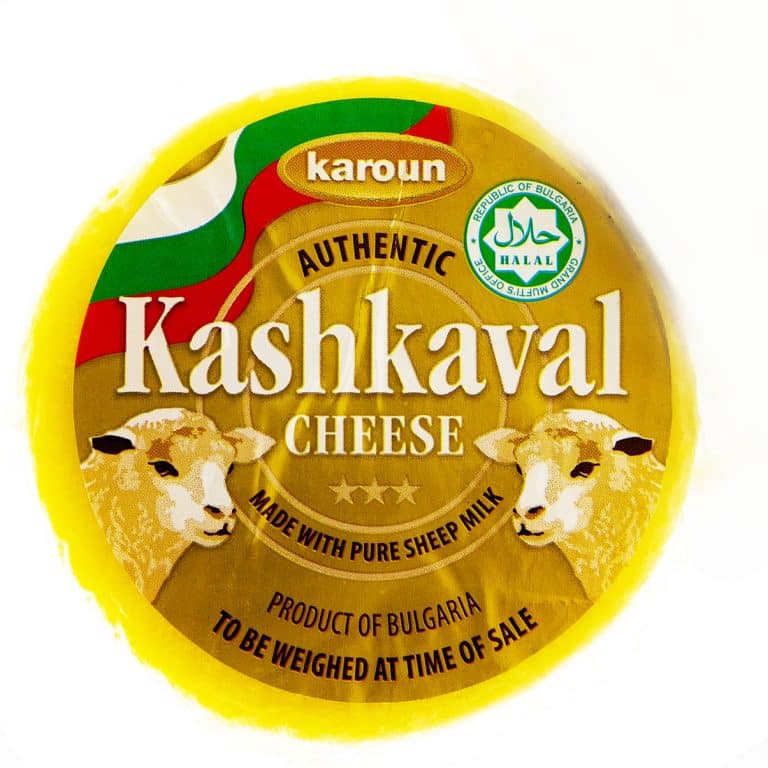
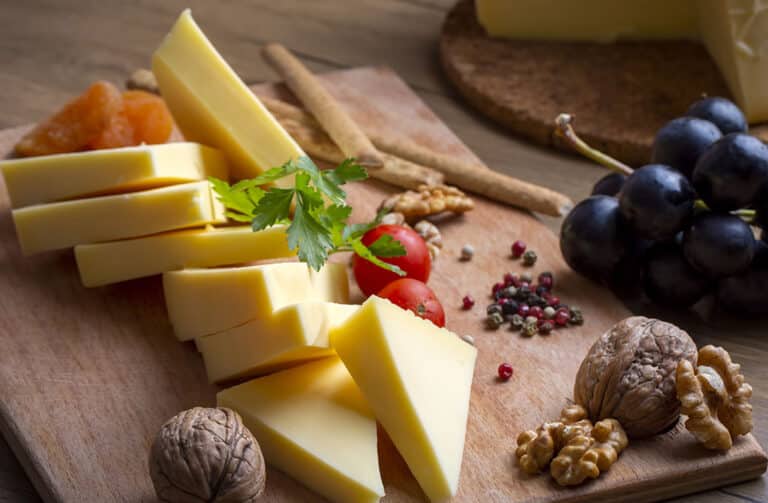
Pairing wine with Kashkaval cheese can be an exquisite experience. The cheese’s moderate saltiness and creamy texture make it a versatile companion to various wines. For those who enjoy red wines, consider a medium-bodied Merlot or Cabernet Sauvignon. The tannins in these wines complement Kashkaval’s creamy texture. If white wine is your preference, a crisp Chardonnay or Sauvignon Blanc pairs well with the cheese’s mild saltiness. It’s all about finding the balance that suits your palate best.
Kashkaval cheese has a unique and distinct flavor that sets it apart in the world of cheeses. It’s often described as a balance between rich and creamy, with a hint of saltiness and nuttiness. Here’s a breakdown of its flavor profile:
Creamy and Buttery: One of the standout characteristics of Kashkaval cheese is its creaminess. When you take a bite, you’ll notice a velvety quality that melts in your mouth. This creamy aspect makes it an excellent choice for both consuming on its own and melting into various dishes.
Slight Tanginess: While it’s primarily creamy, there’s a subtle tanginess that adds complexity to the flavor. This tanginess provides a pleasant contrast to the cheese’s richness and is one of the elements that make Kashkaval stand out in Mediterranean cuisine.
Salty Notes: Kashkaval is seasoned with salt during the cheesemaking process, contributing a pleasant saltiness to its flavor. This saltiness, although not overpowering, adds to its overall taste profile.
Nuttiness: As Kashkaval ages, it develops a nuttier profile, similar to roasted or caramelized nuts. This quality becomes more pronounced in aged Kashkaval, making it an exquisite choice for those who enjoy cheese with depth and complexity.
Kashkaval cheese plays an important role in Mediterranean cuisine. It’s a star ingredient in a wide range of dishes, from appetizers to entrees. One beloved classic is “Kashkaval Pane,” a dish where slices of cheese are breaded and fried to golden perfection. It’s often served with tomato sauce. Kashkaval also graces the tops of pizzas and flatbreads, adding a rich and savory dimension to these creations. Furthermore, it’s a perfect partner for grilled sandwiches, adding a deliciously gooey layer of flavor. Finally, Kashkaval can be used in casseroles and baked dishes, where its creamy texture and distinctive taste enhance the overall culinary experience.

The texture of Kashkaval cheese is as important as its flavor, and it contributes significantly to its versatility. Here’s a closer look at the texture of Kashkaval:
Creamy and Smooth: Young Kashkaval is celebrated for its exceptionally creamy and smooth texture. This characteristic makes it a wonderful addition to a cheese platter, where its soft, spreadable nature pairs wonderfully with crusty bread, crackers, or fresh fruits.
Semi-Hard: As Kashkaval ages, its texture transforms into a semi-hard consistency. This transformation is particularly evident in aged Kashkaval, which can even become somewhat crumbly. This semi-hard texture is what makes aged Kashkaval suitable for grating, slicing, and melting. It retains enough firmness to withstand grilling or heating without losing its structure.
Melting Capabilities: Kashkaval’s meltability is another standout feature. When used in cooked dishes, it readily melts to create a luscious, creamy texture. Its ability to maintain a gooey consistency while offering depth of flavor is one of the reasons it’s a preferred choice for many Mediterranean recipes.
Versatile and Adaptable: Whether you seek a cheese to spread on warm bread, melt into a hearty casserole, or grill to perfection, Kashkaval’s adaptable texture accommodates a wide range of culinary applications.
Understanding the intricacies of Kashkaval cheese’s flavor and texture lets you fully appreciate its culinary potential. Its creaminess, slight tanginess, nuttiness, and versatile texture make it a valuable ingredient in Mediterranean cuisine, enhancing both simple and elaborate dishes with its unique character.
To wrap up our exploration, we’ll recap the unique history and culinary uses of Kashkaval cheese. We hope that this journey has piqued your interest in Mediterranean cuisine and encouraged you to bring the delightful flavors of Kashkaval into your own kitchen. From ancient traditions to contemporary delights, Kashkaval cheese embodies the richness of the Mediterranean culinary heritage.
Copyright © 2024 by EuroFoodExpress.com. All rights reserved.